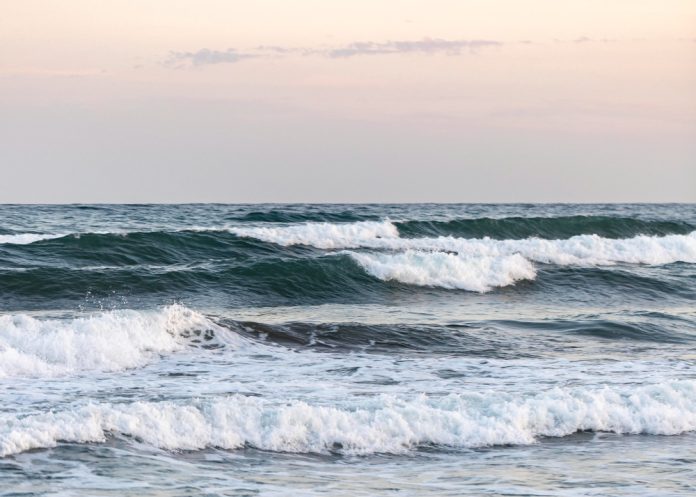Imagine harnessing the power of the ocean’s tides, transforming the rhythmic rise and fall of sea levels into a reliable, clean, and renewable energy source. Tidal energy, a cutting-edge solution at the forefront of the sustainable energy revolution, offers remarkable promise: an inexhaustible power supply driven by the gravitational force of the moon and Earth. As we stand on the brink of an energy transformation, the vast, untapped potential of tidal forces could illuminate our future, reduce our carbon footprint, and secure a more sustainable world for generations to come.
In the 20th century, engineers discovered how to harness tidal movements to generate energy, particularly in areas with significant tidal ranges (the difference between high and low tides). Tidal waves, driven by the gravitational pull of celestial bodies, create currents within the ocean. This gravitational force causes the ocean to bulge, temporarily increasing the water level. As the Earth rotates, this immense volume of ocean water interacts with shallow coastal areas, creating tides.
A tidal generator converts the kinetic energy of tidal flows into electricity using turbines. As the tides flow in and out, the movement of water spins the turbines, which then drive generators to produce electricity. Tidal energy is more potent than wind energy due to its higher density. Unlike wind, tides are dependable and consistent, providing a reliable source of electricity.
Read also: Renewable energy could power the world by 2050
There are three primary methods to harness tidal energy: tidal streams, barrages, and tidal lagoons. A tidal stream is a rapidly moving body of water caused by tides. Installing turbines in tidal streams presents challenges due to the size of the equipment and potential disruption to the tides. The environmental impact can be significant, influenced by the turbine’s size and the tidal stream’s location. Turbines operate most efficiently in shallow waters, generating more energy and allowing easier navigation for ships. Additionally, the slow rotation of tidal turbine blades reduces the risk of marine life becoming entangled.
The first tidal power station, operational since 2007, is located at Strangford Lough in Northern Ireland. Here, turbines are positioned in a narrow strait connecting the Strangford Lough inlet with the Irish Sea, where tidal currents can reach speeds of up to 4 meters (13 feet) per second.
Barrage systems allow water to flow into a bay or river during high tide and release it during low tide. The tidal flow is controlled with a sluice gate during key times of the tidal cycle. Turbines installed in the barrage wall generate power as water flows in and out. The environmental impact of barrage systems can be substantial. The land within the tidal range is entirely altered, and changes in water levels can negatively affect plant and animal life. Additionally, fast-moving turbines pose a threat to marine animals that can get caught in the blades.
Barrages are more expensive to construct and maintain compared to single turbines, requiring extensive construction and more machinery. They also demand constant supervision to regulate power output. An example is the tidal power plant at the Rance River estuary in Brittany, France, constructed in 1966 and still operational. This plant harnesses energy from tidal movements in the English Channel and river currents from the Rance River.
Tidal lagoons consist of retaining walls equipped with low-head turbines, encircling a large water reservoir. Much like a hydroelectric dam, tides create a difference in water levels inside and outside the lagoon walls. Tidal lagoons can be built along the natural coastline and generate continuous power as the turbines function during both the filling and emptying of the lagoon.
The environmental impact of tidal lagoons is relatively low. Constructed with natural materials such as rock, they appear as low breakwaters at low tide and submerge at high tide. Marine animals can swim around and within the structure, while smaller organisms can freely enter it. Large predators like sharks cannot penetrate the lagoon, allowing smaller fish to thrive. The area is also likely to attract birds.
Despite these benefits, the energy output from tidal lagoon generators is expected to be low. Currently, there are no operational examples. However, China is constructing a tidal lagoon power plant at the Yalu River near its border with North Korea, and a private company is planning a small tidal lagoon power plant in Swansea Bay, Wales.
Tidal energy holds significant promise as a sustainable energy source. Its predictability and reliability offer advantages over other renewable sources like wind and solar. However, the environmental impacts and high costs associated with certain tidal energy methods, such as barrages, present challenges that must be addressed. With continued innovation and development, tidal energy could play a crucial role in reducing our carbon footprint and advancing a more sustainable energy future.





